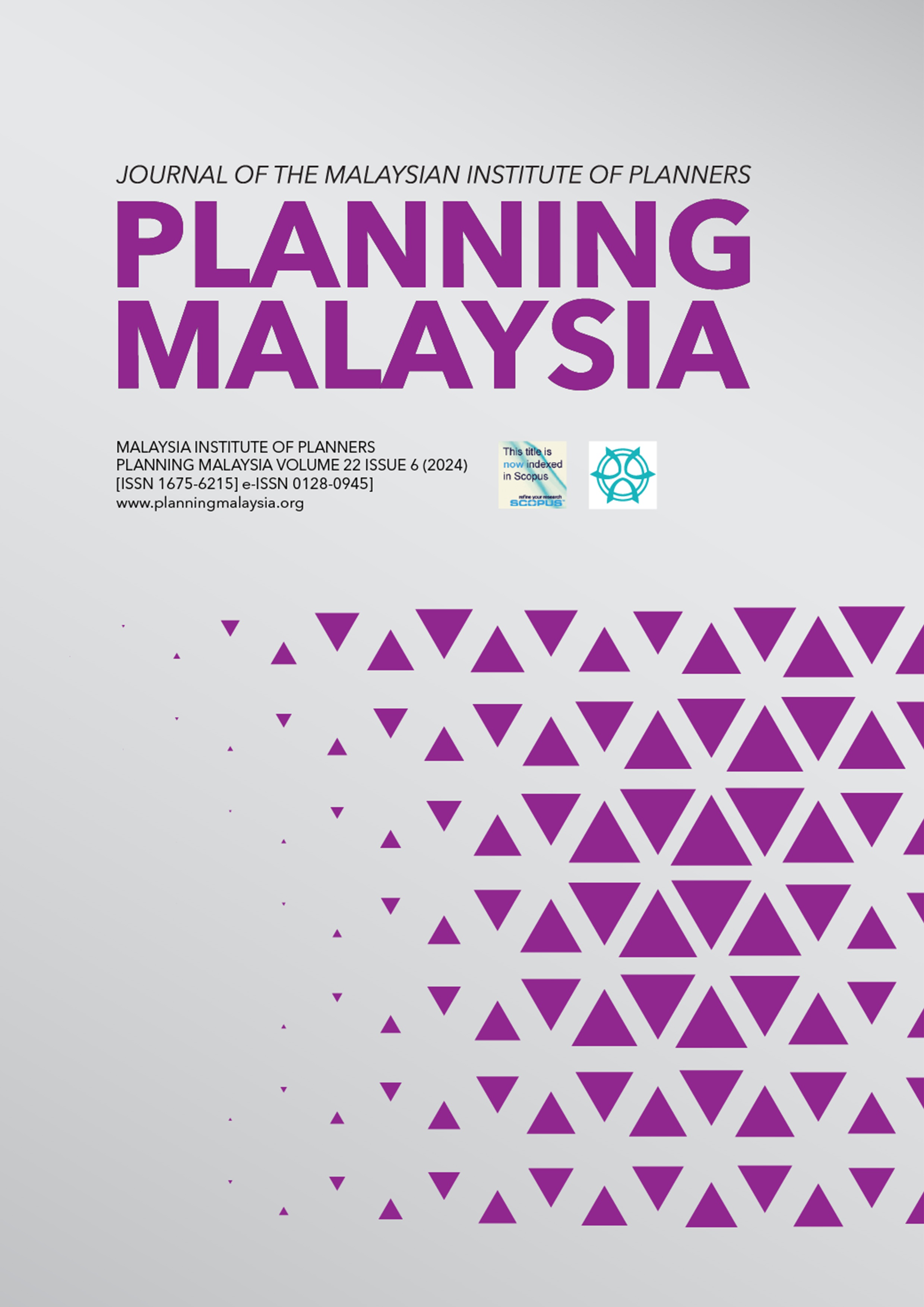EXPLORING HOW HUMAN NEEDS FULFILLMENT SHAPES THE PERCEPTION OF EXTERNAL CATALYSTS TO ECO-BEHAVIOUR
DOI:
https://doi.org/10.21837/pm.v22i34.1652Keywords:
external condition, human needs, subjective well-being, human interdependence with the environmentAbstract
This study explored the connection between how people perceive the external condition for environmental behaviour [EC] and meeting human needs by drawing upon Maslow’s Hierarchy of Needs [HON], Subjective Well-Being [SWB], and Human Interdependence [HI]. Research Questions: (1) Will EC increase if human needs are conveniently met? (2) Can unmet human needs lead to an increase in EC, and if so, which needs do not significantly impact EC? Purpose: This research investigates the variation in EC across the convenience and difficulty of addressing human needs. Approach: Mann-Whitney U test was conducted to measure the variation of EC across convenience and difficulty in addressing 24 human requirements. Findings: The convenience of satisfying 17 human needs led to a significant increase in EC while the other 7 human needs demonstrated no significant effect. The findings suggest that EC has the ability to develop autonomously, regardless of fulfilling human needs.
Downloads
References
Abu Bakar, A., Mohamed Osman, M., Bachok, S., Ibrahim, M., & Abdullah, A. (2017a). Sustainable Well-Being: An Empirical Exploration on Human Interdependence with the Environment. Advanced Science Letters, 23(7), 6357-6361(5). https://doi.org/https://doi.org/10.1166/asl.2017.9269 DOI: https://doi.org/10.1166/asl.2017.9269
Abu Bakar, A., Mohamed Osman, M., Bachok, S., & Ibrahim, M. (2017b). Sustainable Well-Being Subjective Indicators: Human Interdependence with Other Humans and with the Environment. In B. McLellan (Ed.), Sustainable Future for Human Security (pp. 301–318). Springer, Singapore. https://doi.org/https://doi.org/10.1007/978-981-10-5433-4_21 DOI: https://doi.org/10.1007/978-981-10-5433-4_21
Abu Bakar, A., Mohamed Osman, M., Bachok, S., Hitam, M., & Abdullah, A. (2018). Human Interdependency for Sustainable Well-Being: Structural Invariance across Settlement Areas. PLANNING MALAYSIA Journal of the Malaysia Institute of Planners, 16(1), 281–293. https://doi.org/http://dx.doi.org/10.21837/pmjournal.v16.i5.431 DOI: https://doi.org/10.21837/pm.v16i5.431
Abu Bakar, A., Osman, M. M., & Hitam, M. (2020a). Personality and Lifestyle Interprets External Condition to Environmental Behaviours. PLANNING MALAYSIA Journal of the Malaysia Institute of Planners, 18(1), 56–65. DOI: https://doi.org/10.21837/pm.v18i11.709
Abu Bakar, A., Osman, M. M., Hitam, M. (2020b). Attitudes and Pro-Environmental Behaviours: Determining Factor of Personality and Lifestyle. PLANNING MALAYSIA Journal of the Malaysia Institute of Planners, 18(1), 1–10. https://doi.org/10.21837/pm.v18i11.704 DOI: https://doi.org/10.21837/pm.v18i11.704
Abu Bakar, A. (2022). Hierarchy of Needs and Subjective Wellbeing. Planning Malaysia, 20(4), 377–390. https://doi.org/10.21837/pm.v20i24.1213 DOI: https://doi.org/10.21837/pm.v20i24.1213
Dirzyte, A., & Valatka, V. (2023). Creative and Happy Individuals Concerned about Climate Change: Evidence Based on the 10th Round of the European Social Survey in 22 Countries. Sustainability, 15(22), 15790. https://doi.org/10.3390/su152215790 DOI: https://doi.org/10.3390/su152215790
Garcia, D., Anckarsäter, H., Kjell, O. N. E., Archer, T., Rosenberg, P., Cloninger, C. R., & Sikström, S. (2015). Agentic, communal, and spiritual traits are related to the semantic representation of written narratives of positive and negative life events. Psychology of Well-Being, 5(1), 8. https://doi.org/10.1186/s13612-015-0035-x DOI: https://doi.org/10.1186/s13612-015-0035-x
Kjell, O. N. E. (2011). Sustainable well-being: A potential synergy between sustainability and well-being research. Review of General Psychology, 15(3), 255–266. https://doi.org/10.1037/a0024603 DOI: https://doi.org/10.1037/a0024603
Koltko-rivera, M. E. (2015). Rediscovering the later version of Maslow’ s hierarchy of needs : Self- transcendence and opportunities for theory , research , and unification Rediscovering the Later Version of Maslow ’ s Hierarchy of Needs : and Unification. August. https://doi.org/10.1037/1089-2680.10.4.302 DOI: https://doi.org/10.1037/1089-2680.10.4.302
Maslow, A. H. (1943). A theory of human motivation. Physchological Review. http://psychclassics.yorku.ca/Maslow/motivation.htm DOI: https://doi.org/10.1037/h0054346
Maslow, A. H. (1962). Toward a Psychology of Being. D. Van Nostrand Company. DOI: https://doi.org/10.1037/10793-000
Maslow, A. H. (1970). Motivation and Personality (Second Edition). Harper & Row.
Maslow, A. H. (1987). Motivation and Personality (Third Edition). New York: Harper and Row.
Downloads
Published
How to Cite
Issue
Section
License

This work is licensed under a Creative Commons Attribution-NonCommercial-NoDerivatives 3.0 Unported License.
Copyright & Creative Commons Licence
eISSN: 0128-0945 © Year. The Authors. Published for Malaysia Institute of Planners. This is an open-access article under the CC BY-NC-ND license.
The authors hold the copyright without restrictions and also retain publishing rights without restrictions.


